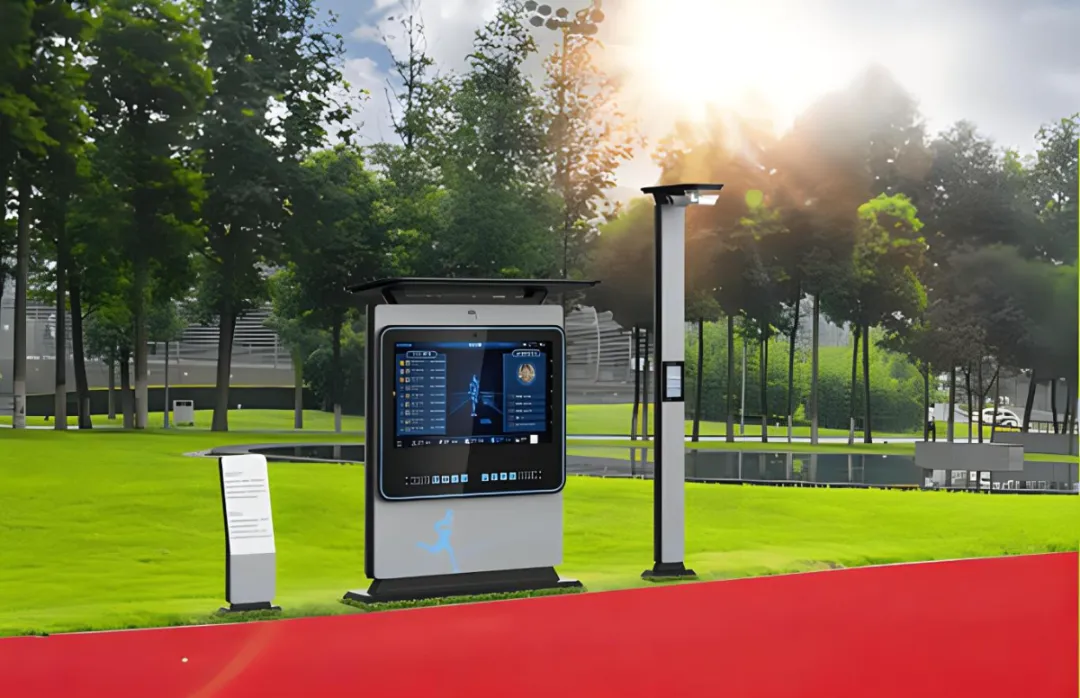With the rapid development of new technologies such as the Internet of Things (IoT) and AI intelligence, smart trails have become a new theme in the construction of parks and the renovation of public fitness facilities nationwide. Smart trails, based on technologies such as IoT, facial recognition, and big data analysis, monitor people's exercise activities and collect data, displaying exercise metrics such as distance traveled and calorie consumption. They also generate leaderboards to rank exercise achievements, making fitness activities more convenient, effective, and intelligent for the public.

Athletes log into the smart trail system at the starting point either through facial recognition or via an App. When they reach the next checkpoint, the equipment recognizes them again, recording their exercise time. Since the distance from the starting point to the checkpoint is fixed, it's possible to calculate the athlete's speed. By using the personal data provided during registration (such as age, gender, height, weight, etc.), the corresponding number of steps and energy consumption can be calculated.
By connecting to the internet, the exercise data can be scientifically analyzed and transmitted in real-time to smart interactive screens or mobile devices. This enables immediate guidance and fun interaction, while also ensuring the permanent storage of exercise records for easy comparison and adjustment of exercise intensity. Additionally, individuals can monitor their own physical condition and exercise rankings in real-time while exercising, allowing for a more scientific and efficient fitness experience.
 (4).jpg)
The internal hardware of the smart walking trail can utilize the Qiyang RK3568 core board, which is based on the Rockchip RK3568 Cortex-A55 quad-core processor design, with a clock speed of up to 2.0GHz. It features an integrated independent NPU, providing 1.0 TOPS of AI computing power, thereby offering robust core support for the smart walking trail.
The core board is equipped with a dual-core Mali-G52 GPU, providing powerful graphics processing and hardware decoding capabilities. It supports 4K display and can simultaneously handle multiple graphics tasks, such as displaying fitness data, running route maps, and fitness animations, ensuring smooth operation of the system.
The core board supports multiple display interfaces including MIPI-DSI, LVDS, eDP, and HDMI, offering high resolution and clear, vivid display effects. It supports large-screen displays of various sizes and can connect to a standard I2C interface for touch screen input. With MIPI interface for camera connection and facial recognition algorithms, it can provide a good human-machine interaction experience.
With onboard Gigabit Ethernet, WiFi, 4G/5G, Bluetooth, and other communication methods, it enables remote data transmission with smartphones and cloud servers, allowing users to check fitness data anytime. It also allows remote monitoring of device operation status and data, enabling timely issue detection and resolution, thereby improving device stability and reliability.



